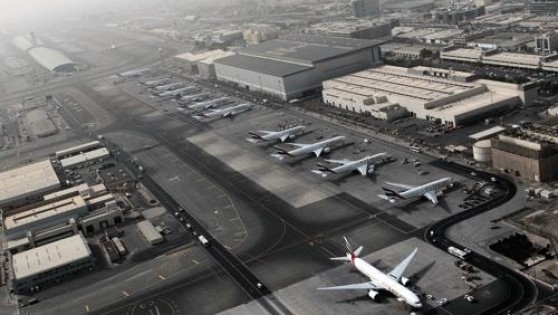As Valentine’s Day looms closer, store displays turn red, email inboxes are flooded with wine or chocolate promotions and prices for the day’s favorite mascot — the rose — doubles. Falling after the sluggish month of January, retailers see in Valentine’s Day an opportunity to bring life back into the sector. Lebanese retailers are no exception though it seems fate has been working against them for the past decade.
Bassem Fahham, owner of Sparks Balloons and Gifts shop in Kroitem, Beirut, remembers how eagerly consumers in Lebanon adopted Valentine’s Day back in the mid-1990s, aided by the many western TV shows which portrayed that special day.
This infatuation with the day continued to flourish, until that fateful February 14th in 2005 when former Prime Minister Rafiq Hariri was assassinated in Downtown Beirut, in an explosion that also killed 22 others. The immediate effects of the event — unprecedented street protests which eventually forced the Syrian army to withdraw from Lebanon — undoubtedly fundamentally reshaped the country, but there was also an indirect, undocumented effect on the nation’s love lives.
Fahham recalls that for approximately three years following the assassination, Valentine’s Day was virtually nonexistent, as the day was dominated by street protests. “Other than the fact that there were country wide demonstrations for several years after this event virtually paralyzing the market, people were also just not in the mood to celebrate,” says Fahham. He adds that he still senses a subdued mood around Valentine’s, though nowadays he does not attribute this solely to Hariri’s assassination.
Hassan Takkoush, the owner of Takkoush Flowers in Jean D’Arc Street, Hamra, also speaks about a decline in business at Valentine’s in the last few years, but attributes it as much to the economic and political situation in the country as the death of Hariri. “No one is in the mood for or can afford love anymore,” Takkoush jokes. While he used to sell 3,000 roses in the build-up to Valentine’s, despite the global doubling in price of the flowers on that day, this year they expect to sell some 1,500. He adds that many more customers are now cutting back on the number they buy, with the bold romantic gesture of the bouquet often giving way to the solitary, symbolic flower.
But while the trend may be towards more frugal ways of showing affection, there are still some that buck it. Fahham agrees that many middle and lower-income consumers are unable to afford Valentine’s Day any more and may attempt to satisfy their loved ones with one of the many cheap teddy bears imported from China. But he points out that some of his customers dish out $4,000 to $6,000 for such romantic ideas as having a loved one’s entire room decorated with symbols of love or a box full of cuddly toys and an iPhone.
”Nowadays, it is not enough to get your sweetheart roses or a teddy bear: you have to get her a proper gift; usually the latest phone or a piece of jewelry, and it has to be romantically and creatively presented. This is where we come in,” says Fahham.
Frugal or wealthy, old or young, Lebanese or not, most lovers still hope for some sort of acknowledgement on Valentine’s Day, offering a sliver hope to retailers that they might feel some of that love some Valentine's Day soon too.



![Wednesday[19]](https://www.executive-magazine.com/wp-content/uploads/2014/01/Wednesday19.jpg)

![blanford[1]](https://www.executive-magazine.com/wp-content/uploads/2014/01/blanford1.gif)
![Tuesday[19]](https://www.executive-magazine.com/wp-content/uploads/2014/01/Tuesday19.jpg)


![Monday[20]](https://www.executive-magazine.com/wp-content/uploads/2014/01/Monday20.jpg)


